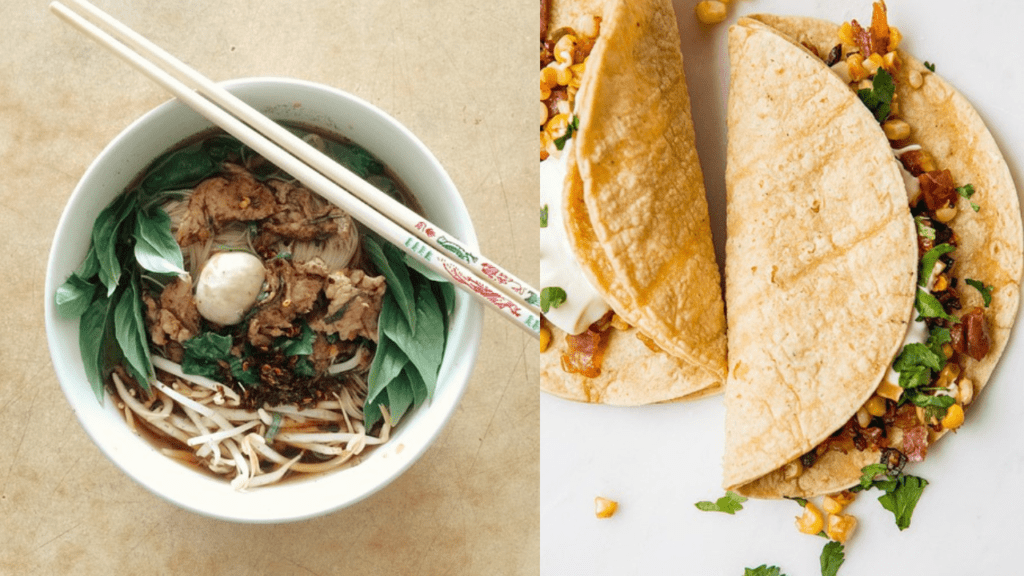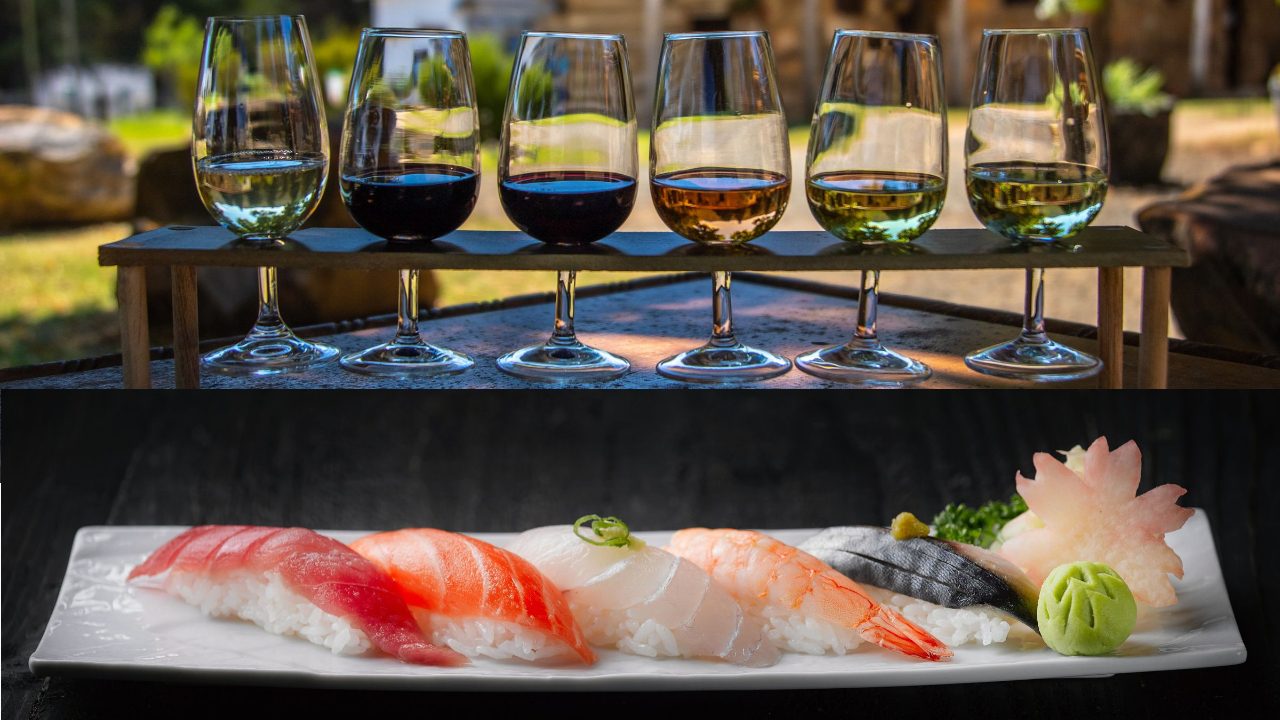Are you planning on preparing a special meal but feeling unsure about how to properly pair wines with your carefully crafted dishes? Don’t worry; you’ve come to the right place! Stick with us for some valuable tips on how to achieve the perfect wine pairings that will elevate your dining experience.
Wine is more than just a beverage; it is a delightful companion to good food, cherished company, breathtaking locations, and memorable moments. When it comes to enjoying complex flavors in our meals, wine pairing can sometimes feel overwhelming. However, instead of viewing it as a daunting task, think of it as part of the overall enjoyment of your dining experience. Creating the right atmosphere is essential, and the right wine can add an extra layer of flavor and enjoyment to your meal.
It’s important to remember that some foods present unique challenges when it comes to finding the perfect wine match. The intricacies of a dish—whether it’s the spiciness, texture, composition, or even the serving temperature—can complicate the pairing process. A dish that is beautifully crafted can easily lose its charm if the wrong wine is chosen, turning a potentially delightful gastronomic experience into something less than pleasant. So, while it may take some care and attention to detail, the reward of a well-paired wine can enhance the flavors of your meal, creating a harmonious and satisfying experience.
With that in mind, let’s dive into some pairing tips that will help you navigate the sometimes tricky waters of wine and food combinations. By learning a few basic principles, you can boost your confidence, impress your guests, and make your special meal an unforgettable event. So, grab a glass of your favorite wine and get ready to explore the art of food and wine pairing!
Wine makes daily living easier, less hurried, with fewer tensions and more tolerance.
-Benjamin franklin
Jump To Section
- Mexican and Thai Food
- Indian Cuisine
- Japanese Cuisine
- Pairing Wine and Egg
- Pairing Wine and Chocolate
- Wines and Ice Cream
Mexican and Thai Food

Pairing wine with spicy foods, such as the vibrant and flavorful cuisines of Mexico and Thailand, can present quite a challenge for even the most seasoned wine enthusiasts. One of the primary culprits behind this complexity is the presence of peppers in many of these dishes, which contain a natural chemical compound known as capsaicin. Capsaicin is notorious for its ability to irritate our palate and produce a burning sensation when it comes into contact with any tissue. This can significantly alter our perception of flavors during a tasting experience.
When we indulge in spicy dishes, the heat from the peppers and other spicy condiments can warm the palate and, in turn, enhance the heat of the alcohol in the wine. As a result, this elevated sensation of heat tends to decrease the perception of sweetness in the wine, often causing it to taste more bitter than it would when enjoyed with milder flavors. This interaction creates a conundrum for those trying to find the perfect wine to complement their meal.
To navigate the intricacies of pairing wine with spicy foods, the key lies in selecting wines that possess high acidity and a touch of residual sweetness. These characteristics can help balance the heat and enhance the overall dining experience. For instance, a well-chilled Riesling wine is often a fantastic choice for pairing with lightly spicy dishes.
Its bright acidity and subtle sweetness work in harmony with the spices, allowing the flavors of both the food and the wine to shine without overwhelming the palate. Ultimately, when choosing the right wine for spicy foods, one must take the interactions between capsaicin, alcohol, and flavor profiles into account to create a delightful and memorable culinary experience.
Indian Cuisine

Indian cuisine is renowned for its vibrant flavors and enticing aromas, all thanks to the extensive range of spices that are integral to its various dishes. With a seemingly endless array of ingredients and cooking techniques, Indian cooking offers a broad spectrum of typical dishes, each showcasing unique combinations of spices that contribute to its rich culinary tapestry.
One of the defining features of Indian cuisine is the prominence of curry, a term that encompasses a multitude of dishes characterized by their complex and aromatic spice blends. This signature element, while delicious, can pose a challenge when it comes to pairing with wines, as the bold flavors and heat may overpower many varietals.
To achieve a harmonious pairing, Merlot emerges as a particularly excellent choice. With its soft tannins, this wine presents a gentle mouthfeel that won’t compete with the vibrant spices of the dishes. The fruity aroma of Merlot, often accompanied by subtle hints of spice, creates a delightful interplay with the layers of flavors inherent in Indian food.
The wine’s natural berry tones can complement the sweetness found in some curries, while its lighter body provides enough structure to stand up to the spices without overwhelming the palate. By selecting a Merlot to accompany your Indian meal, you can strike a balance that enhances both the wine and the culinary experience, allowing for a gastronomic adventure that showcases the best of both worlds.
Japanese Cuisine
You can also watch this and other exclusive GA Originals on YouTube.
Japanese cuisine, renowned for its delicate flavors and intricate presentations, poses a unique challenge when it comes to wine pairing. One of the primary accompaniments in many traditional Japanese dishes is soy sauce, which has a notably intense saltiness that can overwhelm certain wines. This distinctive taste of soy sauce not only enhances the umami profile of dishes like sushi or teriyaki but also complicates the selection of an appropriate wine to complement the meal.
Another significant element in the Japanese culinary palette is wasabi, a potent paste made from Japanese horseradish. Wasabi is commonly served alongside dishes such as temaki, sushi, and sashimi, providing a sharp, spicy kick that enhances the overall dining experience. However, when considering wine to accompany food items featuring wasabi, it’s crucial to select a wine with a slightly lower alcohol content. This is because wines with higher alcohol levels can intensify the burning sensation of wasabi, potentially overpowering the palate and detracting from the enjoyment of the meal.
In general, when indulging in Japanese cuisine, it’s advisable to steer clear of red wines, which often carry bold flavors and tannins that clash with the subtlety of many dishes. Instead, opt for a refreshing rosé, particularly when pairing it with heavier dishes that might benefit from a slightly fuller body. For lighter meals, such as delicate sashimi or a seasonal salad, white wines are typically the superior choice, as they can enhance the dish without overshadowing its more nuanced flavors.
In addition to rosé and white wines, sparkling wines can also serve as delightful pairings for Japanese dishes. For instance, Italian sparkling wines—especially those with sweet notes—can be particularly harmonious with the strong flavor of wasabi. The effervescence and sweetness of these sparkling wines can create a delightful balance, countering the stinging heat of the horseradish while refreshing the palate in between bites. Ultimately, navigating the intricate world of Japanese food and wine pairing requires careful consideration and a willingness to explore various combinations to find the most enjoyable harmony of flavors.
Pairing Wine and Egg

Pairing wine with egg dishes presents a notable challenge, primarily due to the significant fat content found in the yolk, which tends to coat the mouth and cover the palate. This coating effect can hinder the tasting experience, as the richness of the fat can obscure the more delicate nuances of many wines. Additionally, the inherently strong aroma and flavor profile of eggs can interact with the sensations offered by the wine, potentially overshadowing certain wine characteristics, including undesirable notes such as sulfur, which can detract from the overall enjoyment of the pairing.
To navigate these complexities, opting for white wines that exhibit pronounced acidity, such as Sauvignon Blanc or Pinot Grigio, often proves to be an effective strategy. The bright acidity in these wines can cut through the richness of the yolk, enhancing the tasting experience and allowing both the wine and the dish to shine. These varietals tend to offer a refreshing balance that complements the unique characteristics of egg-based meals.
However, it is advisable to exercise caution when considering wines that have spent time aging in oak barrels, whether they are white or red. The presence of oak and the accompanying tannins can create a competing interaction with the yolk’s fat content, potentially leading to an imbalance that detracts from the overall harmony of the pairing. Therefore, it is best to avoid such wines in favor of those with a cleaner, more direct expression, ensuring that the pairing enhances rather than complicates the tasting experience. By carefully selecting acidic white wines, one can achieve a delightful synergy that elevates both the egg dish and the wine in a harmonious dining experience.
Pairing Wine and Chocolate

Chocolate is a universally beloved treat, cherished by people of all ages and cultures around the world. It comes in a variety of forms, including white, milk, and dark chocolate, each with its unique flavor profile and texture.
Additionally, chocolate can be found in numerous preparations, with fillings that include everything from fruit and nuts to creamy ganaches, adding even more complexity to its taste. This wide range of chocolate options can make it challenging to find the perfect wine pairing, particularly when it comes to Dry Red Wine.
The high tannin levels in red wine can often clash with the sweetness of chocolate, leading to an unpleasant bitter taste that diminishes the enjoyment of both the chocolate and the wine. To achieve a harmonious balance and truly elevate your chocolate experience, it is advisable to opt for a sweeter dessert wine.
These wines, with their rich, fruity notes and lower tannin content, complement the luscious sweetness of chocolate, allowing the flavors to shine and creating a delightful combination that is sure to please the palate.
Wines and Ice Cream

Ice cream has a unique ability to create a fascinating sensation for the taste buds, often leading to a form of numbing that can effectively neutralize the complex flavors often found in wines. This is especially important to consider when indulging in decadent and richly flavored desserts like ice cream, as the cold treat can diminish the nuanced profiles of a variety of wines that one might otherwise enjoy. Therefore, when seeking to pair wine with ice cream, it is crucial to opt for selections that can stand up to or complement this chilling experience.
Wines with a high sugar concentration, such as late-harvest wines and port wines, emerge as excellent choices for pairing with ice cream. These wines possess the sweetness and richness needed to compete with the creamy, chilled nature of ice cream, allowing for a more balanced tasting experience. Late-harvest wines, which are made from grapes that have been allowed to fully ripen and possibly affected by noble rot, bring forth their unique sweetness and flavors that can elevate the overall indulgence when enjoyed with a scoop of ice cream.
Similarly, fortified wines like port wine are particularly noteworthy in such pairings due to their higher alcohol content and the rich, concentrated flavors they typically exhibit. The warmth of the alcohol in the port wine creates a delightful contrast against the coolness of the ice cream, adding a dynamic sensory experience. This hot-and-cold dichotomy plays off one another, allowing the drinker to appreciate the richness of the wine while also enjoying the refreshing qualities of the ice cream.
Ultimately, the art of pairing ice cream and wine hinges on understanding how the flavors interact and how certain wines can complement or enhance the experience of the cold dessert. By opting for wines that are not only sweet but also robust, one can curate a delightful and indulgent treat that tantalizes the palate in a way that is both satisfying and memorable.
Bottom Line
Pairing wines with the intricate and bold flavors of cuisines like Mexican, Thai, Indian, and Japanese, as well as dishes featuring ingredients such as eggs, chocolate, and ice cream, poses significant challenges. The depth of flavors, spices, and textures inherent in these culinary traditions makes the selection of wine an art that demands both expertise and finesse.
Each dish presents a unique flavor profile—ranging from spicy and acidic to sweet and creamy—encouraging food and wine enthusiasts to explore daring and unconventional pairings.
Thus, pairing transcends mere combinations; it invites a journey of exploration and the discovery of new taste sensations, where the right wine can enhance the dish’s qualities while a poor choice may diminish its subtleties. Consequently, the quest for perfect harmony unfolds as a rich and rewarding adventure, filled with nuances and delightful surprises.
Did you like this article?
I hope this article has helped you improve your skills. To learn more, take a look at Sauvignon Blanc: The Enthusiast’s Guide To Wine Lovers.
Leave a comment below and share our content. Help our community grow by following our social media on Spotify, Instagram, Facebook, YouTube, and TikTok. And stay up to date with the news from the world of Gastronomy.
Don’t forget to tag @gastrovinoacademy on Instagram and hashtag it #gastrovinoacademy.
Cheers 🍷



I was pretty pleased to discover this web site. I want to to thank you for your time for this fantastic read!! I definitely really liked every bit of it and I have you book marked to see new things on your web site.
I am writing to make you be aware of what a beneficial experience my friend’s child developed reading your webblog. She discovered a good number of things, which include what it is like to possess an ideal helping heart to have a number of people without hassle master a number of tortuous subject areas. You undoubtedly surpassed people’s expectations. I appreciate you for distributing the interesting, dependable, explanatory and as well as cool thoughts on the topic to Sandra.
Thanks for another informative web site. Where else could I get that kind of info written in such a perfect way? I have a project that I’m just now working on, and I’ve been on the look out for such info.